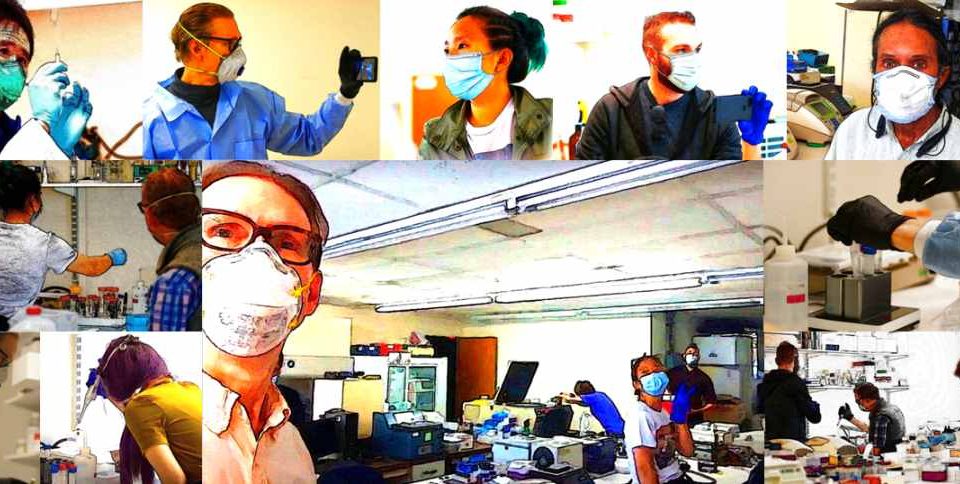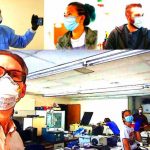Scientists associated with Harvard Medical School just released a DIY coronavirus vaccine to the general public; they have been testing the vaccine on themselves. The vaccine requires no injection and needles

A group of citizen scientists motivated to action by the suffering caused by the SARS-CoV-2 pandemic, announced they have developed a coronavirus vaccine that can be self-assembled and self-administered. In association with Harvard Medical School, the scientists are now sharing their findings online under a Creative Commons License. The scientists say the vaccine is intranasally delivered, which means the vaccine does not require injection or needles to be administered.
The group has come together to form the nonprofit RaDVac, and according to their website were inspired to act as the coronavirus pandemic became “the greatest global public health crisis in a century.” According to the information on their website, RaDVaC is a 501(c)(3) non-profit, not a commercial organization.
The group said their type of vaccine has shown excellent safety in animal studies and human clinical trials. Even if this vaccine works as intended, it will not help someone who has been infected. It will only work as a preventive measure taken weeks in advance of virus exposure.
The RaDVaC vaccine has been used repeatedly over a few months, by over twenty self-experimenters, with the most extreme complication in some recipients of stuffy noses.
The group has not yet filed patent applications or protections of intellectual property on the vaccine work described on their site. The group said:
“Existing public health, commercial, and regulatory infrastructures have thus far failed to provide a vaccine to protect humanity–especially our most vulnerable–against the pandemic. Therefore, we have drawn on decades of scientific literature describing proven vaccine designs to develop, produce, and self-administer an intranasally delivered vaccine, and we release this information as a necessary act of compassion.”
Considering that commercial vaccine may not arrive until late 2020 or early 2021, the group says its rapid development approach may yield a vaccine that is simple enough to be produced and administered by individual citizen scientists.
“Experts say a vaccine is our best hope for ending the pandemic, but a commercial vaccine won’t arrive until late 2020 or early 2021, if all goes well,” the group writes on its website. “Our mission is rapid development, testing, and public sharing of vaccine recipes that are simple enough to be produced and administered by individual citizen scientists.”
RaDVac is a group of citizen scientists with a range of backgrounds and professions. Many of them are them are trained scientists and engineers, according to the information on their website. RaDVaC was launched by Preston Estep, Don Wang, Alex Hoekstra, and Ranjan Ahuja, who were soon joined by a growing contingent of friends and colleagues. The expanding core group met through their associations with Harvard Medical School and HMS Professor George Church. Their project was launched in the Boston area but is expanding steadily across the U.S. and throughout the world.
For now, the RaDVac vaccine seems promising and the group is not making any promises or guaranteeing its efficacy. Below is the disclaimer from the group.
Vaccines are often received with the false hope of efficacy, without testing to determine the degree of individual immune response. For example, influenza killed about 100,000 people in the U.S. between late 2016 and early 2018. Yet, the influenza vaccines available in that period were less than 50% effective against H3N2, the flu strain mainly responsible for the death toll. Many who died were vaccinated but not protected from the virus, and testing for vaccine-induced immunity was essentially non-existent. Vaccine-induced immunity can be more challenging to assess than immunity due to viral infection, and such is the case for the nasal vaccine described here. Because this work is a research undertaking, no expectation is given regarding any degree of efficacy in granting protection against SARS-CoV-2.

